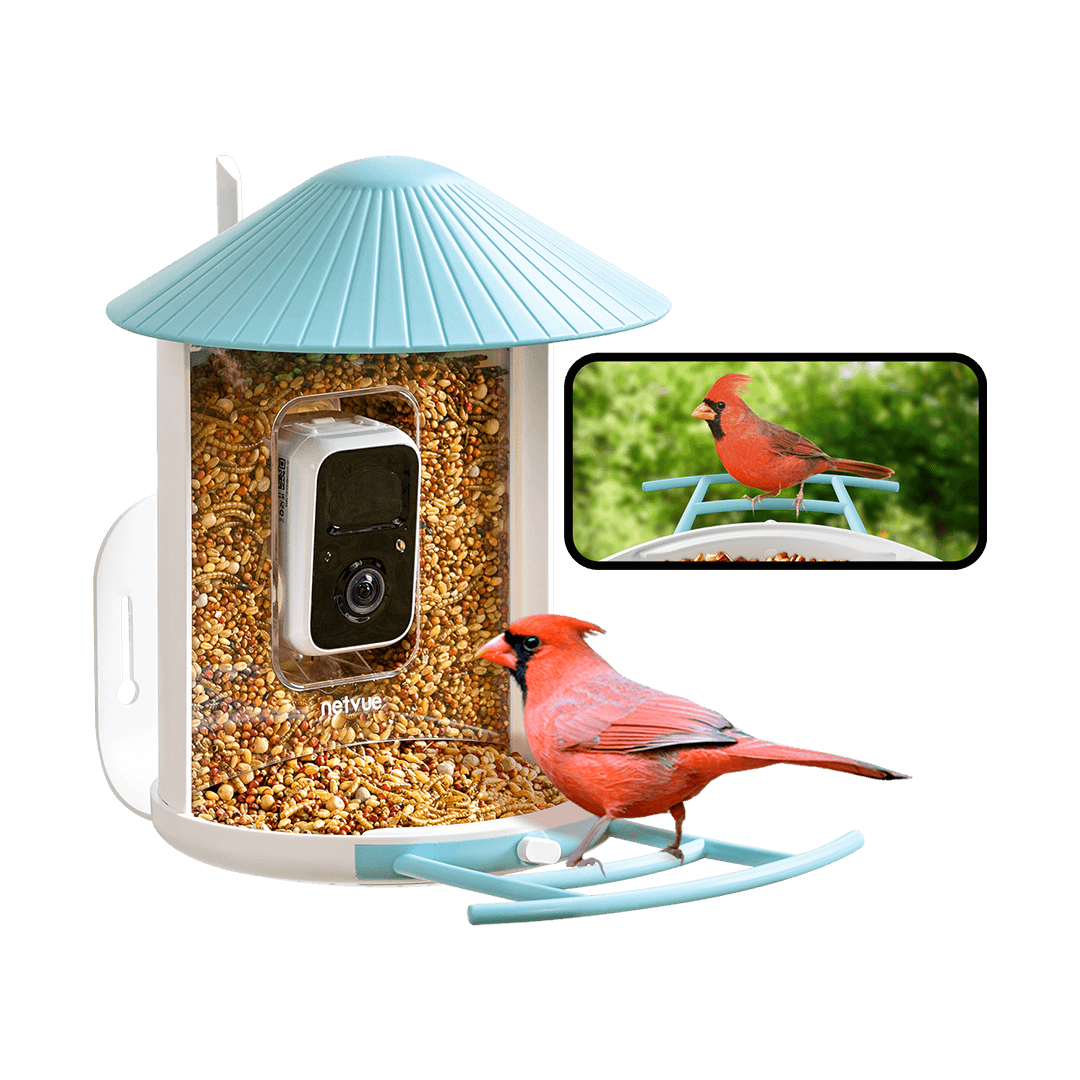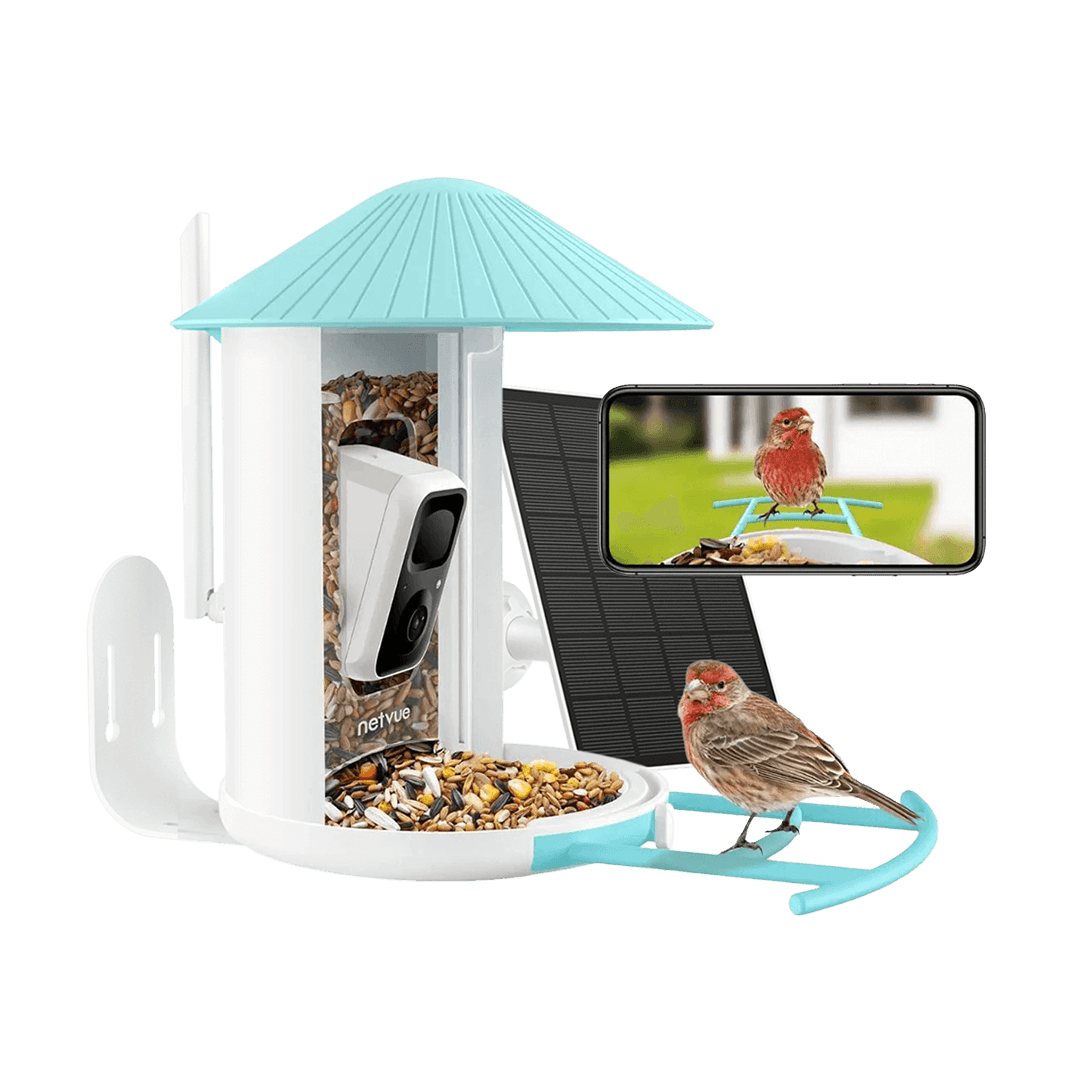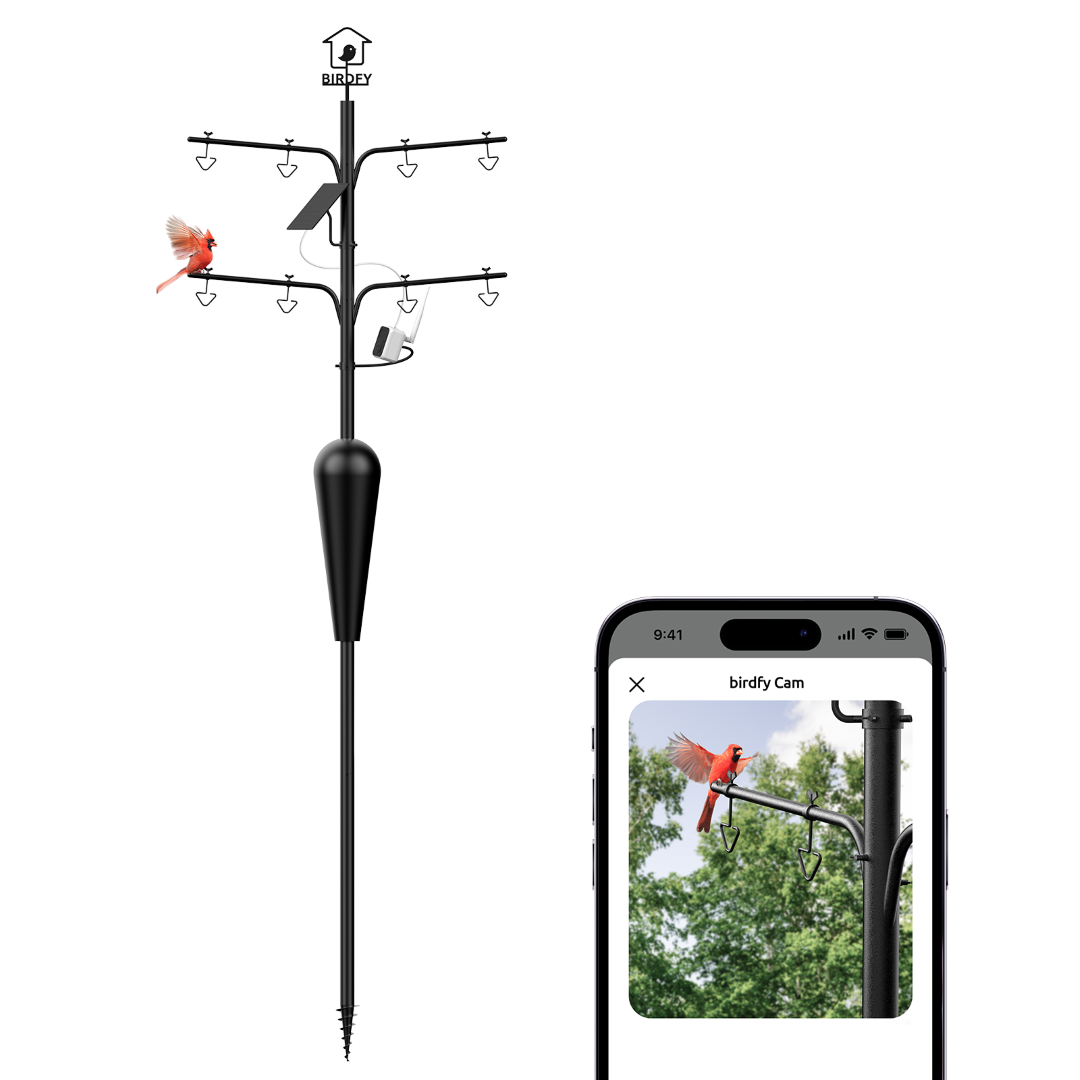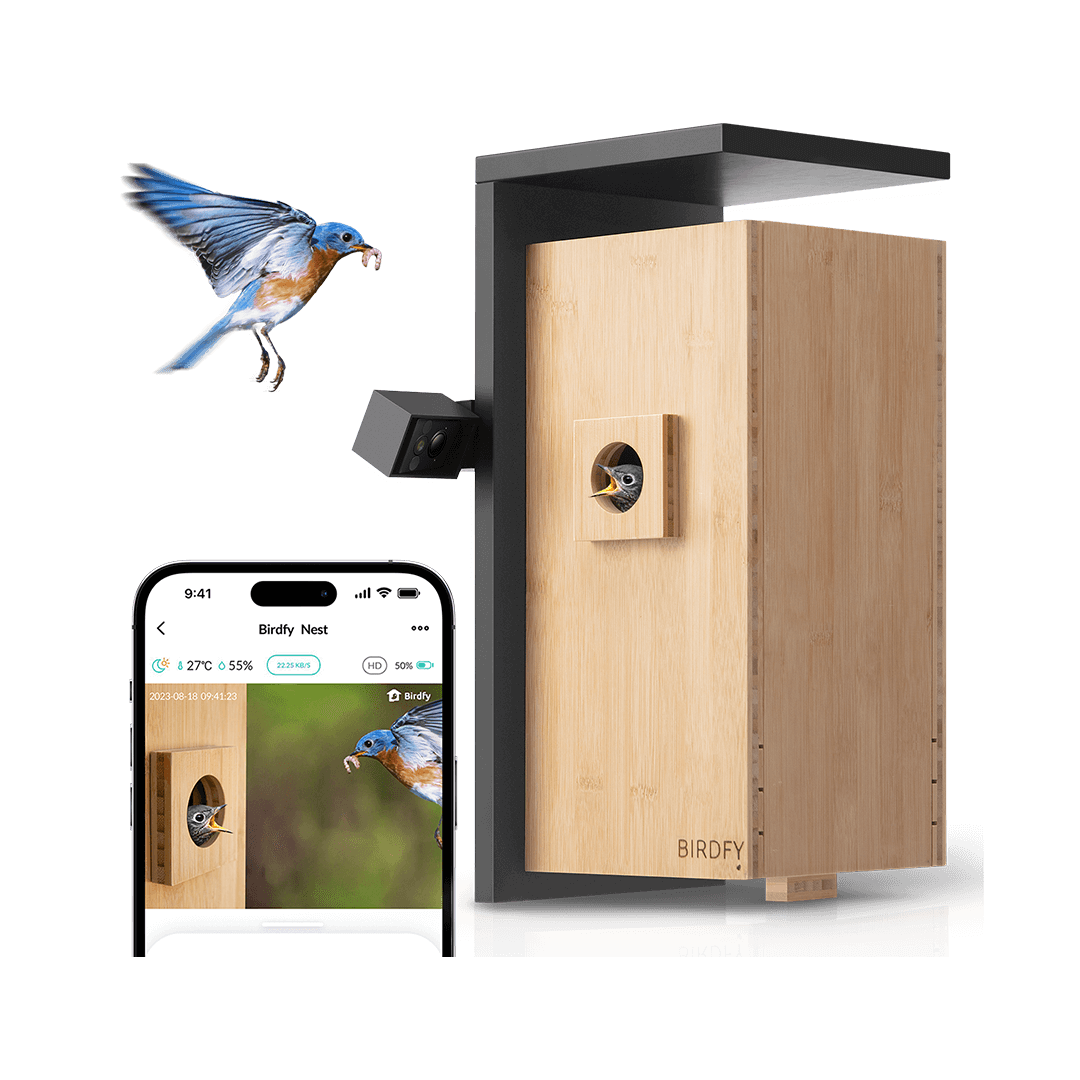Practical Tips for Bird-Strike Prevention that Every Bird Enthusiast Can Do
As our society embraces ever-advancing technology, our influence on the natural world and its avian inhabitants becomes increasingly pronounced and obvious. This necessitates a more deliberate introspection on our part, urging us to reflect on what we might neglect in our daily life. This article discuss a prime example of such often overlooked concerns: glass, a ubiquitous component of man-made landscapes. Surprisingly, this seemingly innocuous existence may have posed a significant threat to our feathered friends, resulting in the loss of billions of birds. Dive into this article and join Birdfy to uncover additional insights about the perils of window collisions and discover practical tips for bird-strikes prevention.

Understanding the Problem:
Based on a 2004 study conducted by the American Bird Conservancy (ABC), window collisions represent one of the primary human-induced causes of bird mortality. Each year, in the United States alone, over a billion birds are killed due to window strikes, not to mention the countless birds left injured. Crashing into glass surfaces leads to major harm on birds, affecting their wings, eyes and even skulls, often leading to internal concussions or hemorrhages. While some birds may survive such collisions, they become more susceptible to environmental factors and predators.

Ninety-nine percent of window collisions in the U.S. occur at residential houses and low-rise buildings, calling for our collective attention to step up and guard our feathered friends.
To address this issue effectively, it's crucial to understand why birds collide with windows. There are three primary reasons: transparency, reflection, and territorial behavior.
-
Transparency:
Birds are prone to neglect the existence of the clear, translucent glass surfaces of our home and office windows. One scenerio is that if we happen to place some green plants nearby the inside of window, birds may mistake it for open space and just fly through it.
-
Reflection:
In the daytime, reflections of greenery from outside of the window create the illusion of an extended natural habitat in the eyes of birds, enticing them to visit.
-
Territorial Behaviour:
Birds don't perceive glass as a solid barrier and are not able to recognize their own reflection on the windows. At times, they may become agitated by what appears to be 'a rival bird' on the window and engage in a fight with themselves.
Types of Preventive Measures:
This section outlines four primary measures for safeguarding birds against window collisions, ranging from simple plant repositioning to more complex do-it-yourself (DIY) solutions.
-
Naturescaping Approaches:
The first and the easiest way to prevent bird window collisions is to make a slight adjustment to your daily placement habits. For instance, consider relocating your indoor plants or large backyard houseplants away from windows where strikes are common. If you have bird feeders or birdbaths, place them either very close (within 3 feet) or significantly farther away (at least 30 feet) from windows.




-
Window Coverage:
If you're open to acquiring new home furnishings, consider installing removable screens, interior blinds, or external sunshades on your windows. These options allow you to control the amount of external light and can help prevent bird strikes.


-
Window Decals and Patterns:
If you want to aid the birds without sacrificing your view, you can opt for affixing window decals or other DIY solutions, which are effective and can be a fun family project. Here are some options:
-
Dot pattern, Ultraviolet Decals, Stickers and Suncatchers: Apply these decals and patterns closely within a spacing of 2 to 4 inches to create an obstacle for birds. Dot patterns should be at least 1/4 inches in diameter for birds to notice. Ultraviolet patterns are transparent to humans but effective in deterring birds, though not all bird species can see them. The suncatcher rainbow decal captures sunlight and emits charming rainbow light, serving as both a bird deterrent and home décor.

-
One-way Transparent Film: This material allows you to see out from inside of the window while appearing opaque from the outside, deterring birds.

-
Tempera Paint: This non-toxic and long-lasting material can be
used to paint patterns on glass. It can be obtained from most art or craft stores, and you can create your bird-friendly artwork using a brush or sponge.
-
DIY Striped Tape: Stripped tape is effective at deterring birds because they avoid such patterns on glass, although the application can be a bit cumbersome.

-
Lighting also Matters:
While window collisions are more common during the daytime, nighttime lighting from windows can also pose significant threats to birds, particularly during the migratory seasons (mid-March to early June and late August to mid-November). The contrast between nighttime lights and the darkness of the night sky can entice migratory birds and disorient them. Suggestions including turning off unnecessary lights, installing lighting with motion sensors, and shielding exterior light sources.

Global Impact and Call to Action:
Keeping in harmony with our avian friends has always be a primary pursuit for bird lovers and nature conservationist. Unfortunately, the escalating threat of fatal window collisions is a direct consequence of human progress, necessitating a collective acknowledgment of our influence on the lives of these avian friends and the broader natural world. Bird conservation is an ongoing journey, and we must take proactive steps to protect these vital species. By joining forces, we can create a brighter future for both birds and our planet.






